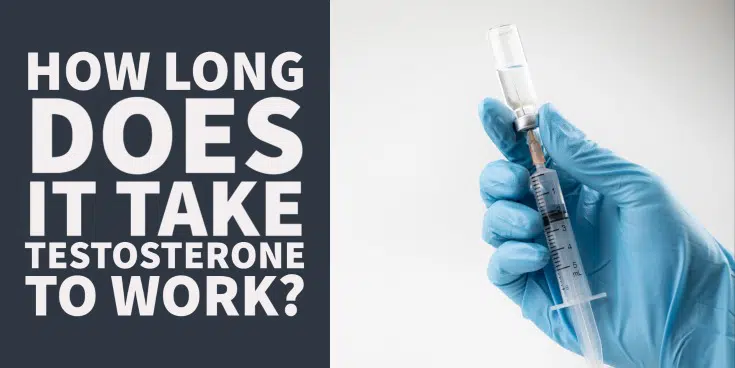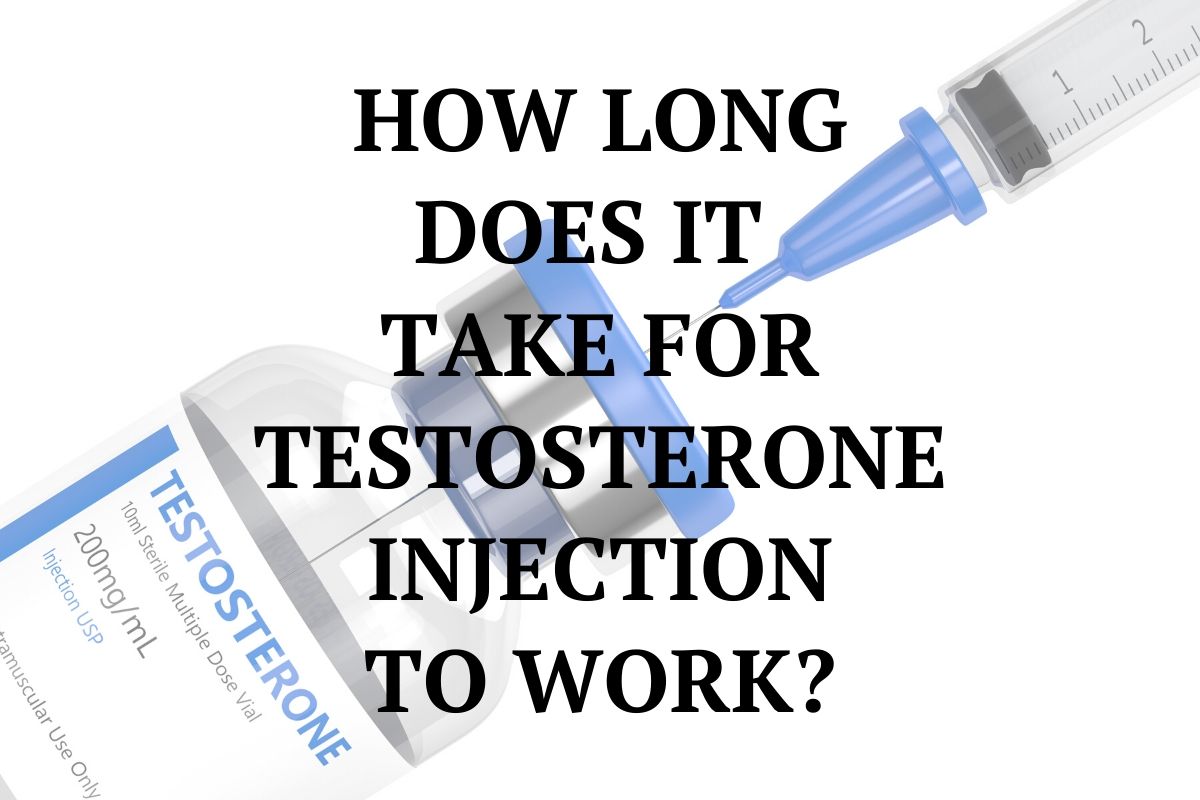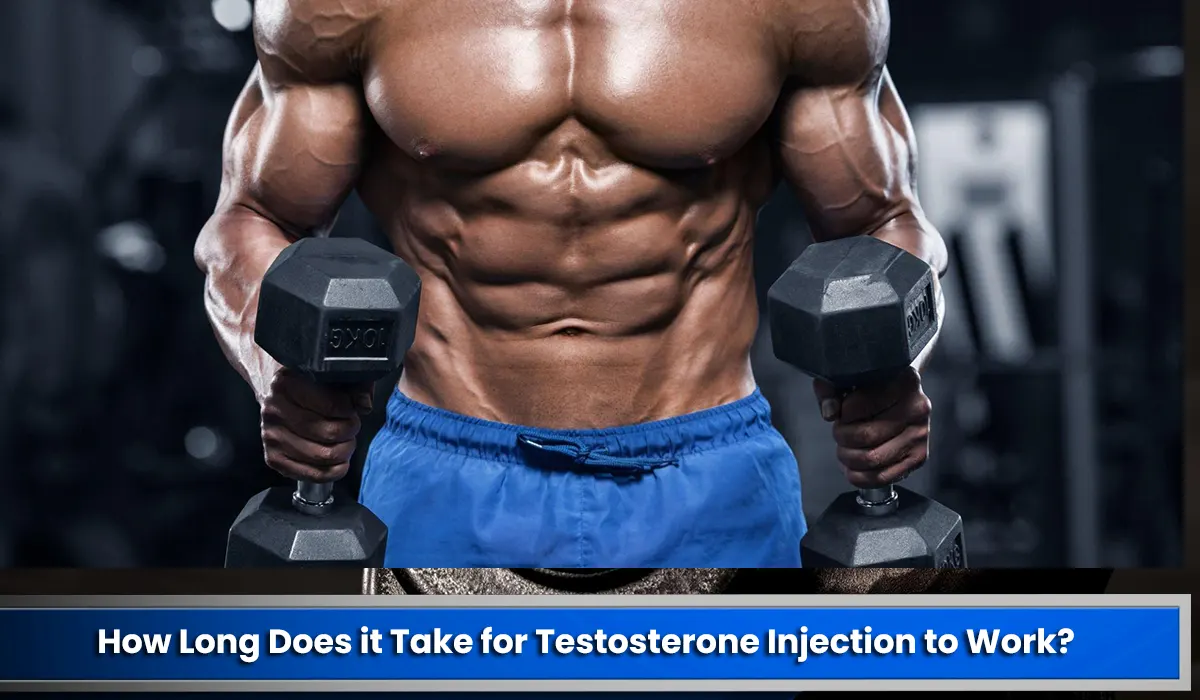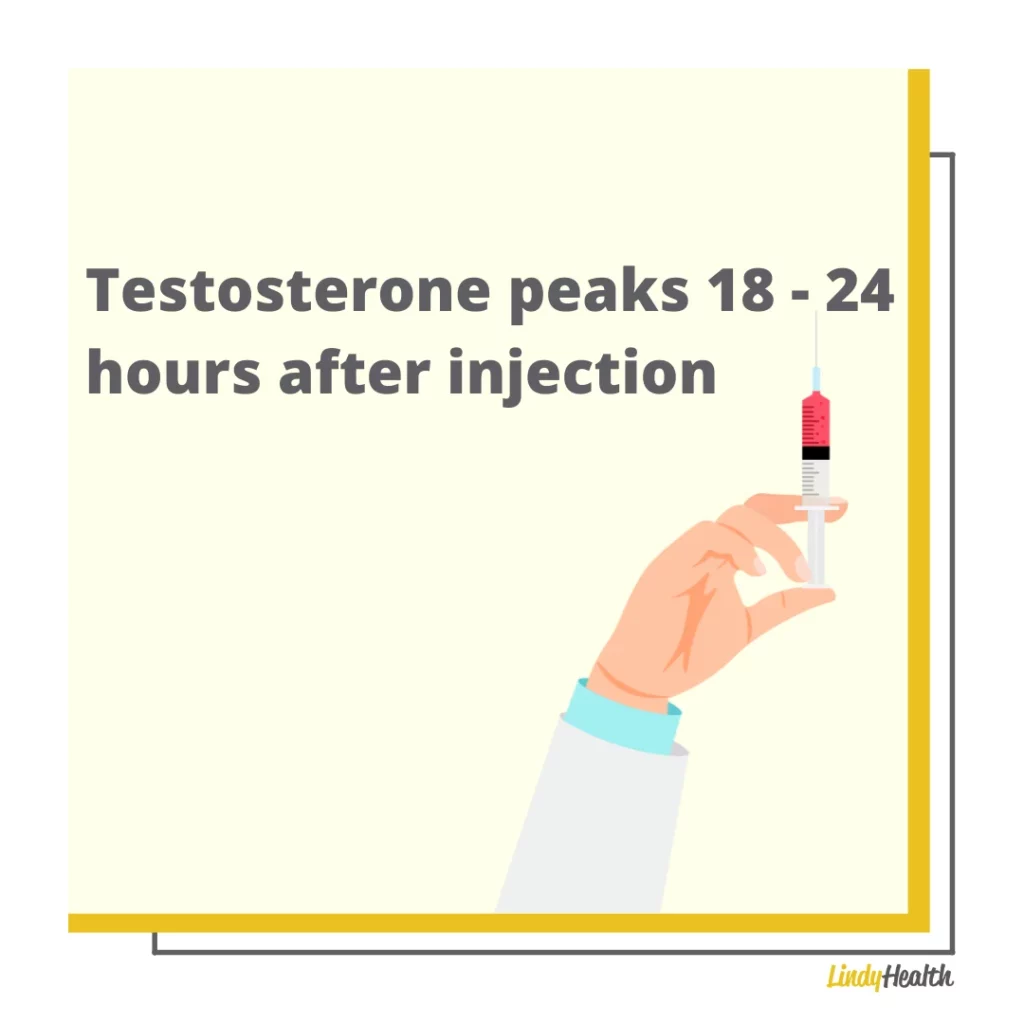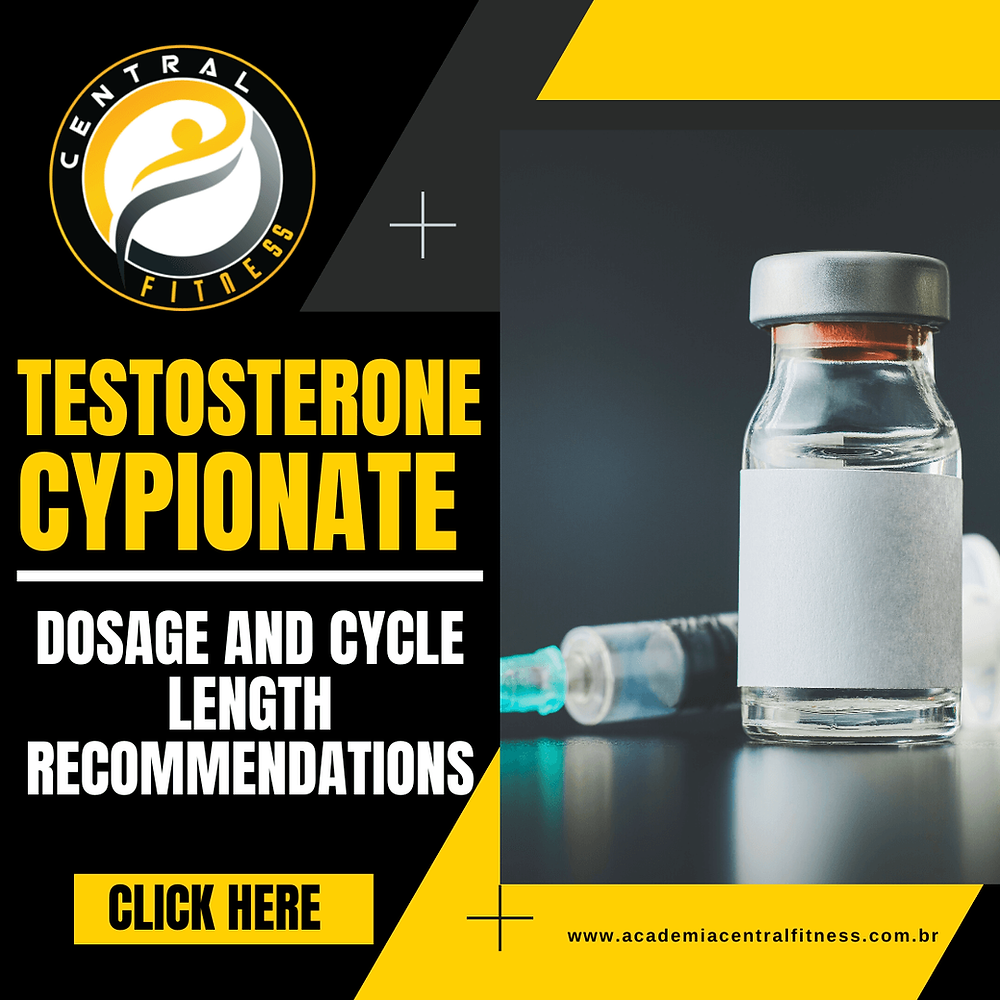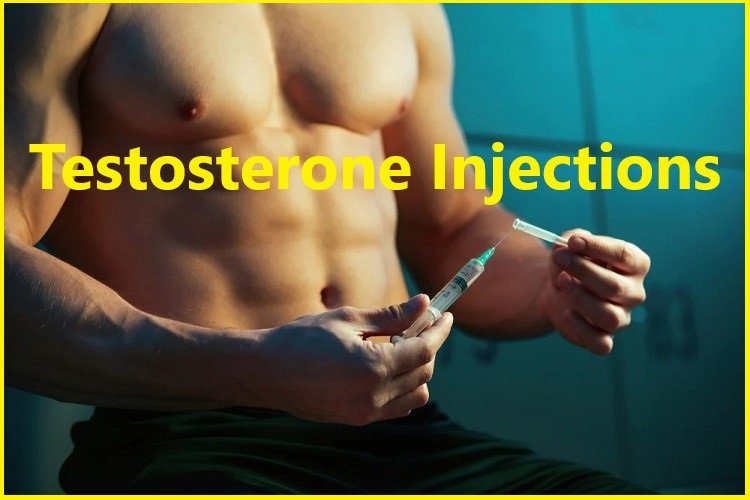How Long To Wait To Workout After Testosterone Injection

Imagine this: the sun streams through your window, illuminating dust motes dancing in the air. You feel a surge of energy, a renewed sense of vitality coursing through your veins, a feeling directly tied to your recent testosterone injection. The gym beckons, promising gains and sculpted muscles. But a question lingers: how long should you wait before hitting the weights?
This article dives into the crucial question of timing your workouts after a testosterone injection, offering guidance to optimize your results while prioritizing safety and well-being. We will explore the delicate balance between harnessing the benefits of increased testosterone and allowing your body the necessary recovery time to prevent injury and maximize muscle growth.
Understanding Testosterone and Exercise
Testosterone, a key hormone, plays a vital role in muscle growth, strength, and overall energy levels. For individuals undergoing Testosterone Replacement Therapy (TRT), injections provide a boost to these levels, potentially enhancing workout performance and recovery.
Exercise, especially resistance training, further stimulates testosterone production naturally. Combining the effects of injected testosterone with exercise can create a powerful anabolic environment in the body.
The Initial Post-Injection Phase: A Time for Rest
Immediately following a testosterone injection, your body is in a state of adjustment. The injected testosterone is being absorbed and distributed throughout your system.
During this initial phase, typically the first 24-48 hours, prioritize rest and light activity. This allows your body to adapt to the hormonal shift and minimize potential injection site discomfort.
Listening to Your Body: The Key to Optimal Timing
The ideal waiting period varies from person to person, influenced by factors like injection dosage, individual tolerance, and overall fitness level. There's no one-size-fits-all answer.
Paying close attention to your body's signals is paramount. Fatigue, soreness, or any unusual discomfort around the injection site should be taken as a sign to delay strenuous exercise.
General Recommendations and Guidelines
While individual needs differ, several general recommendations can serve as a starting point. Many experts suggest waiting at least 48 hours before engaging in intense weightlifting or high-impact exercises.
Light activities, such as walking, stretching, or gentle yoga, can be incorporated sooner, potentially aiding in circulation and reducing muscle stiffness. Avoid direct pressure on the injection site during these activities.
Dr. John Smith, an endocrinologist specializing in TRT, emphasizes the importance of gradual progression. "Start with lighter weights and fewer repetitions in your first few workouts post-injection," he advises.
Potential Benefits of Proper Timing
Waiting an appropriate amount of time before exercising after a testosterone injection can yield several benefits. It can help reduce the risk of injury, particularly to the muscles surrounding the injection site.
Adequate rest allows the body to fully utilize the increased testosterone levels for muscle protein synthesis and repair, maximizing gains from your workouts. Furthermore, it minimizes the risk of overtraining, which can hinder progress and lead to fatigue.
Addressing Common Concerns and Misconceptions
A common misconception is that immediate exercise after an injection will lead to faster muscle growth. This belief is unfounded and potentially harmful.
Pushing your body too hard too soon can increase the risk of muscle strains, tendonitis, and other injuries. Patience and a gradual approach are crucial.
Another concern revolves around the perceived loss of momentum by taking a break. In reality, a short period of rest can enhance long-term progress by allowing your body to recover and rebuild more effectively.
Consulting with Healthcare Professionals
It is crucial to emphasize that this information is not a substitute for professional medical advice. Individuals undergoing TRT should consult with their doctor or a qualified healthcare provider.
They can provide personalized guidance based on your specific health condition, treatment plan, and fitness goals. Regular check-ups and open communication with your healthcare team are essential.
The Role of Nutrition and Recovery
Optimal nutrition and recovery strategies are integral to maximizing the benefits of testosterone injections and exercise. Ensure you are consuming a balanced diet rich in protein, carbohydrates, and healthy fats.
Adequate sleep is also critical for muscle repair and growth. Aim for 7-9 hours of quality sleep each night.
Consider incorporating techniques like foam rolling, massage, and active recovery days into your routine to further enhance muscle recovery and reduce soreness.
Real-Life Experiences and Anecdotes
Mark Johnson, a 45-year-old who has been on TRT for several years, shares his experience: "In the beginning, I was eager to hit the gym right away. But I quickly learned that waiting a couple of days made a huge difference in my recovery and overall performance. Now, I listen to my body and prioritize rest after each injection."
His experience highlights the importance of patience and individualized approaches. What works for one person may not work for another.
Long-Term Considerations
TRT is often a long-term treatment, requiring ongoing monitoring and adjustments. As your body adapts to the therapy, your exercise routine and recovery strategies may also need to evolve.
Regularly reassess your goals and adjust your training intensity and volume accordingly. Consistency and a sustainable approach are key to achieving long-term success.
Remember that fitness is a journey, not a sprint. Embrace the process and celebrate your progress along the way.
In conclusion, the ideal waiting period before exercising after a testosterone injection is a personalized matter, demanding attention to your body's signals and expert guidance. While 48 hours is a frequently recommended timeframe, prioritize rest, light activity, and gradually return to strenuous exercise. Coupled with proper nutrition, rest, and continuous collaboration with your healthcare provider, one can maximize the myriad benefits of testosterone, improve the quality of life and ensure long-term fitness success.




